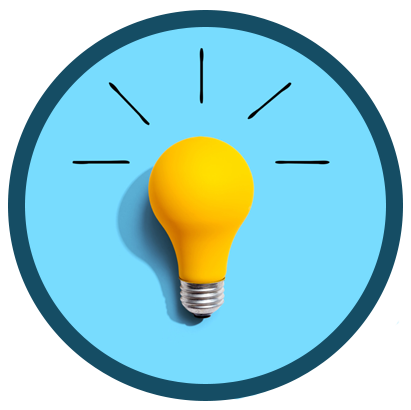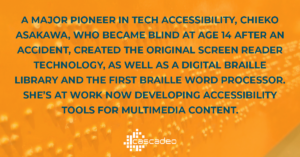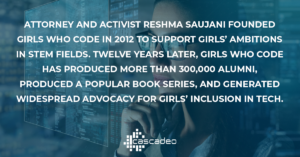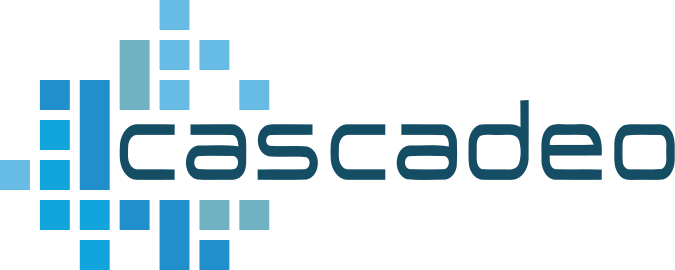
Asian inventors created some of the most important tech in history, building foundations for the way we live, work, and create today.
Celebrating Asian American Tech Innovators
Each week this May, we celebrated the contributions of Asian inventors to the tech landscape, with four inventions that changed all our lives.

1. YouTube
The overlapping events of Janet Jackson’s infamous wardrobe malfunction and the deadly Asian tsunami gave Jawed Karim, a Bangladeshi-German-American computer scientist, the idea for a video-sharing platform. His friends, Taiwanese-American internet entrepreneur Steven Chen, along with Chad Hurley, launched YouTube, and the very nature of information consumption was altered forever.
2. Digital Accessibility

At age 11, Chieko Asakawa experienced an accident that lead to vision loss, progressing to full blindness by age 14. She studied English literature in college, and learned to program afterward through a course for blind people. Recognizing both the danger of leaving vision impaired users behind and the capacity for tech to broaden access, Asakawa created the first screen reader, digital braille library, and braille word processor.
While Ms. Asakawa is not Asian American (she continues to live in Japan), her work with U.S. companies and organizations, and the enormous impact of her achievements on American life—more than 7.3 million Americans use screen readers daily—meant we just had to include her in this list.
3.GirlsWhoCode
Reshma Saujani, an Indian-American attorney and former candidate for the U.S. House of Representatives, is not herself a coder, but the organization she founded has provided STEM training to more than 300,000 girls worldwide since its founding in 2012, and, as of spring 2021, had more than 80,000 college-aged alums entering the workforce.
The organization has partnered with Accenture, Dell, Raytheon, American Girl, and pop star Doja Cat to promote women and girls’ participation and inclusion in coding and tech.
4. Fiber Optics

Charles Kuen Kao, and the properties of glass that permitted the development of fiber optics.
Glass had been initially rejected as a conductive substance because it lost signal to light scattering, but Kao recognized that glass could be heated and processed into thin fibers, providing a more suitable material.
In 2009, he shared the Nobel Prize for Physics with two collaborators, with whom he invented a device for converting optical information into electrical signals.




